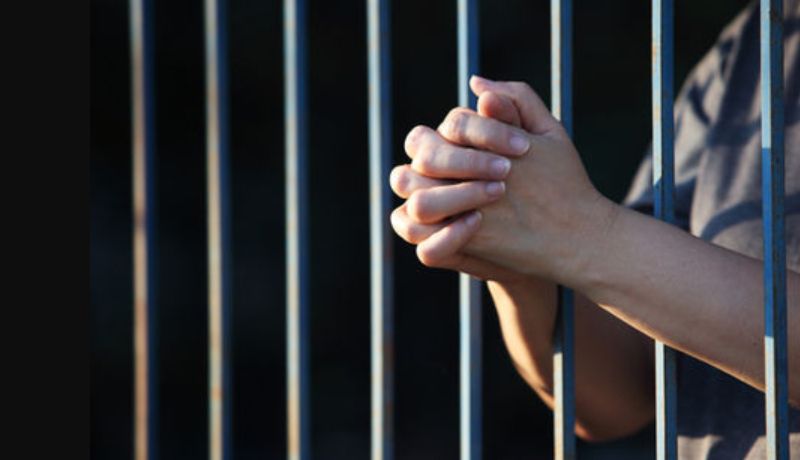Jaipreet Dhillon | Contributor
Featured Image: Indigenous women disproportionately account for more of the prison population than any other culture. | Courtesy of Vanguard
For years Indigenous people have been marginalized. Treated as insignificant by the government, women have especially suffered from this systemic oppression. The criminal justice system is a prime example of this.
Indigenous women make up almost 40 per cent of incarcerated women in Canada, a disproportionately large number as they only make up 5 per cent of the total female population in Canada. They also represent 50 per cent of the women in maximum security prisons. Why is that so? Why are Indigenous women making up such a large number compared to other populations of women?
It is evident the Indigenous population faces ongoing trauma as the effects of colonization are continuous. Lack of adequate resources and facilities, as well as continued disregard for such a critical community in our country further perpetuates this negative cycle. This can result in substance abuse, poverty, and mental health issues.
Sharon Acoose, a former sex worker who spent time in prison, speaks on the matter of incarcerated Indigenous women.
“Because of the histories of abuse and poverty, their experiences of marginalization, many of them have also been medicated — if not by a professional, they may have started to medicate themselves,” said Acoose. She explains that this cycle leads to further criminalization.
Indigenous women have faced a heavy history of oppression. Lack of available services to better living conditions also makes it harder.
There needs to be more support for Indigenous women. Even when wrongfully charged, many choose to plead guilty as they do not trust the justice system itself due to lack of legal support.
Andrea Daley, social work professor at York, is part of an initiative called the Walls to Bridges Program. This program creates the opportunity for Indigenous women incarcerated at the Vanier Centre for Women, a correctional institution in Milton, to study with third and fourth-year undergraduate social work students at York. Classes are a mix of incarcerated and campus-enrolled students, learning regular class material off-campus typically in a prison or community-based setting.
Daley explained the benefit of merging these groups: “As a group, the students have many shared experiences. They gain a different understanding of how social structures impact people and the different outcomes.”
Bridging this gap helps change the perspective of social work students and allows them to better understand power structures and the prison system. This program also gives voice to Indigenous women in a safe space where they are allowed to speak their truth as they have experienced it.


